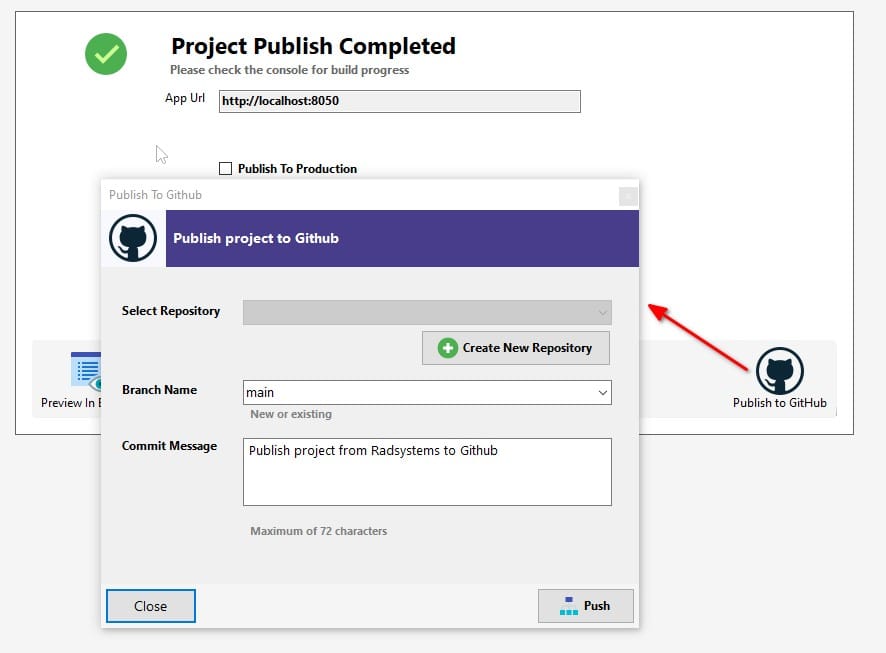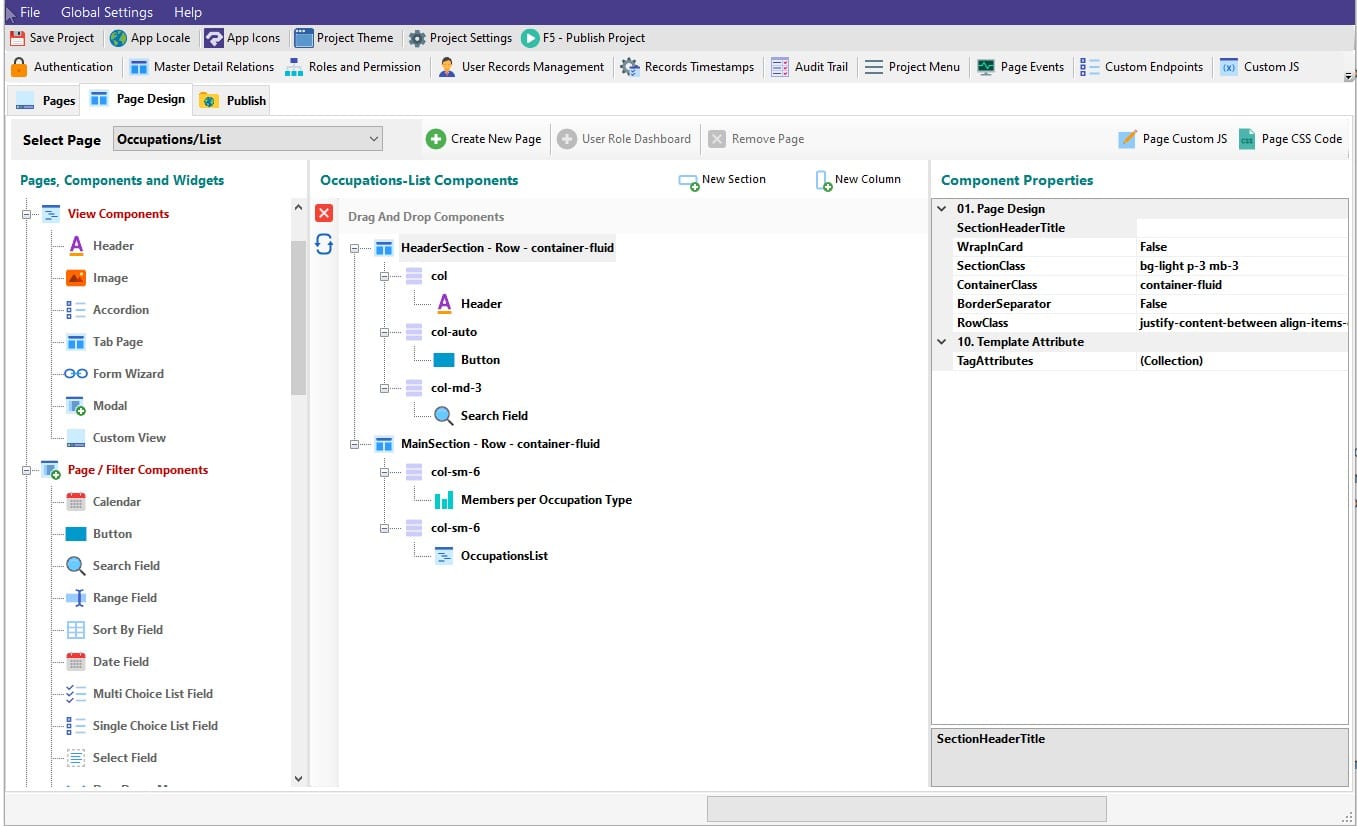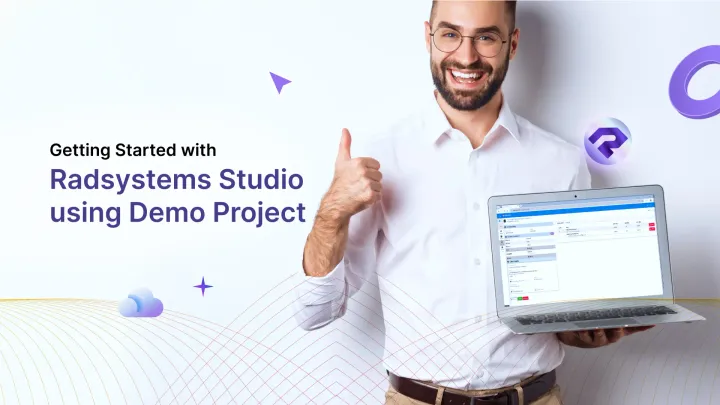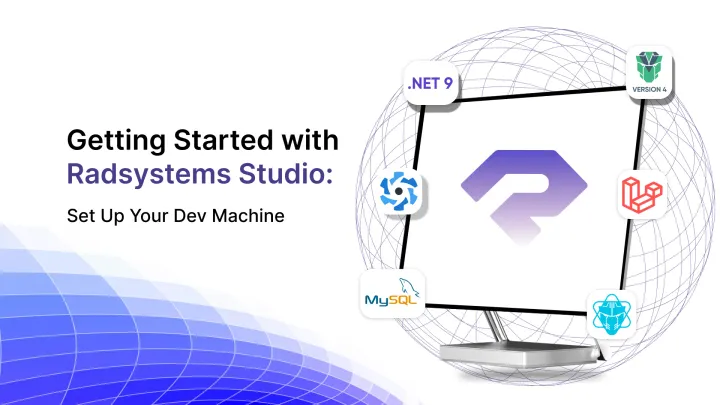Why Software Projects Fail and How No-Code/Low-Code Tools Like Radsystems Studio Can Save You
Explore the common reasons behind software project failures and how no-code/low-code tools, specifically Radsystems Studio, can be a game-changer in mitigating these risks and achieving success with lesser investment.

In the ever-evolving landscape of technology, the success of software projects is critical to businesses seeking to stay competitive and relevant. However, statistics reveal a sobering reality: many software projects fail resulting in massive financial losses, wasted resources, and damaged reputations. According to the recent report from Zipdo’s “Essential Software Project Failure Statistics In 2023,” 31.1% of software projects are canceled before completion, and 52.7% exceed their original budgets by 189%. This trend is acknowledged by business and IT executives, with 75% anticipating their software projects will fail. Alarmingly, only 16.2% of projects are completed on time and within budget.
Fortunately, recent advancements in technology—particularly in the realm of no-code/low-code tools—offer promising solutions to prevent these pitfalls. In this blog post, we will explore the common reasons behind software project failures and discuss how no-code/low-code tools, specifically Radsystems Studio, can be a game-changer in mitigating these risks and achieving success with lesser investment.
Common Reasons Behind Software Project Failures
1. Unclear Requirements and Scope Creep
One of the primary reasons software projects fail is due to unclear or constantly changing requirements. When project goals and deliverables are not clearly defined from the outset, it leads to confusion and misalignment among team members. Additionally, scope creep—when new features or changes are added without proper planning—can overwhelm the development team and extend timelines, often leading to incomplete or unsatisfactory products.
2. Poor Project Management
Effective project management is crucial to the success of any software project. Without proper planning, scheduling, and resource allocation, projects can quickly go off track. Lack of communication and coordination among team members further exacerbates these issues, resulting in missed deadlines and budget overruns.
3. Unrealistic Expectations:
Overambitious timelines, budget constraints, and feature sets can set even well-planned projects up for disappointment. Unrealistic expectations can stem from various sources, including inflated market forecasts, internal pressure to meet aggressive targets, or poorly defined performance metrics.
4. Technical Debt
Technical debt refers to the long-term consequences of choosing an easy or quick solution over a better approach that would take longer. Accumulating technical debt can slow down future development, increase maintenance costs, and lead to a less stable and less scalable software product.
5. Lack of User Involvement
A software product should be designed with the end-user in mind. When users are not involved in the development process, the final product may not meet their needs or expectations. This disconnect can lead to poor user adoption and ultimately, project failure.
How No-Code/Low-Code Tools Help Mitigate Risks
No-code/low-code platforms like Radsystems Studio are revolutionizing the way software is developed, providing solutions to many of the challenges that traditionally plague software projects. Here’s how these tools can help minimize risks and facilitate successful project outcomes:
1. Simplifying Development with Visual Tools
Radsystems Studio offers a visual development environment where users can design applications using drag-and-drop interfaces. This approach simplifies the development process by allowing developers to focus on the functionality and user experience rather than getting bogged down by complex coding. This also makes it easier to adapt to changing requirements without extensive rework.
2. Accelerating Time-to-Market
One of the significant advantages of no-code/low-code tools is the speed at which applications can be developed and deployed. With Radsystems Studio, developers can leverage pre-built UI components and code blocks that have been tried and tested, significantly reducing the time spent on building and debugging custom code. This accelerated development cycle enables businesses to bring their products to market faster and stay ahead of competitors.
3. Reducing Development Costs
Traditional software development can be costly, requiring skilled developers and extensive resources. No-code/low-code platforms like Radsystems Studio lower the barrier to entry by enabling less technical users to participate in the development process. This democratization of development reduces the need for specialized programming skills and allows organizations to build applications with smaller teams and lower budgets.
4. Enhancing Collaboration

Radsystems Studio supports integration with GitHub, facilitating seamless collaboration among team members. This integration allows multiple developers to work on the same project simultaneously, track changes, and manage versions effectively. Enhanced collaboration ensures that all team members are aligned and can contribute to the project’s success.
5. Improving Quality with Pre-Built Components

Radsystems Studio provides a library of pre-built UI components and code blocks that developers can use within their applications. These components have been thoroughly tested, reducing the likelihood of introducing bugs or errors into the software. By relying on these trusted building blocks, developers can focus on customizing and optimizing the application to meet specific user needs without worrying about underlying stability.
6. Adapting to Change
In today’s fast-paced business environment, the ability to adapt to changing market conditions and customer requirements is crucial. No-code/low-code tools like Radsystems Studio make it easier to iterate and update applications quickly. The visual development environment allows for rapid prototyping and testing of new features, ensuring that the final product aligns with user expectations and market demands.
RadSystems Studio - Your Dev-Asset!
Software project failures are often a result of unclear requirements, poor project management, inadequate testing, technical debt, and lack of user involvement. However, no-code/low-code tools like Radsystems Studio offer a powerful solution to these challenges. By simplifying development, accelerating time-to-market, reducing costs, enhancing collaboration, improving quality, and adapting to change, Radsystems Studio empowers businesses to achieve their software development goals with greater efficiency and success.
In an era where agility and innovation are paramount, leveraging the capabilities of no-code/low-code platforms can make the difference between project success and failure. Whether you are a startup looking to launch a new product or an established enterprise aiming to enhance your digital offerings, Radsystems Studio provides the tools and flexibility needed to navigate the complexities of software development and deliver high-quality applications that meet user needs and drive business growth.
Embrace the future of software development with Radsystems Studio and transform the way you build and deploy applications. By doing so, you can minimize risks, optimize resources, and position your business for sustained success in the competitive digital landscape.
Try Radsystems Studio Today!
Ready to revolutionize your software development process? Don't just take our word for it—experience the power of Radsystems Studio for yourself. Download the fully functional 30-day trial version of Radsystems Studio today and discover how this cutting-edge no-code/low-code platform can streamline your projects, reduce costs, and accelerate time-to-market. Empower your team with the tools they need to succeed and see firsthand how Radsystems Studio can transform your approach to software development.



